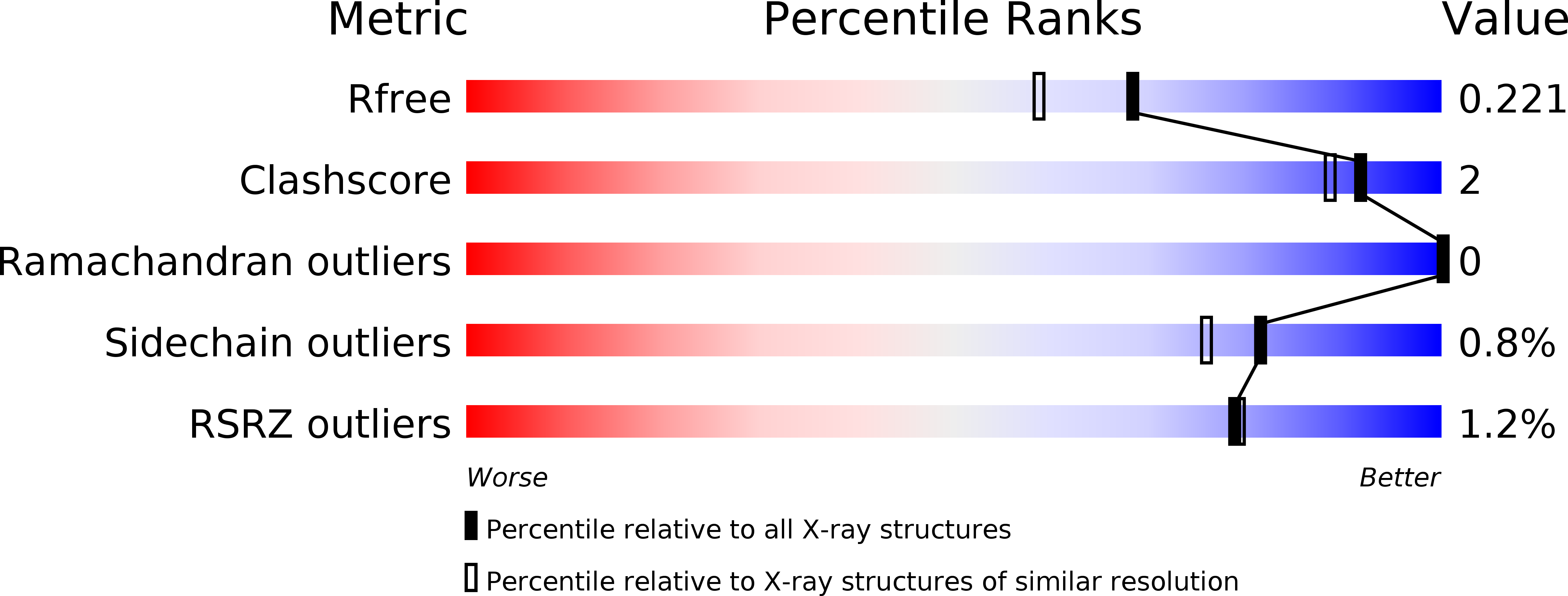
Deposition Date
2015-03-02
Release Date
2015-10-07
Last Version Date
2023-09-27
Method Details:
Experimental Method:
Resolution:
1.85 Å
R-Value Free:
0.21
R-Value Work:
0.18
R-Value Observed:
0.18
Space Group:
P 21 21 21


